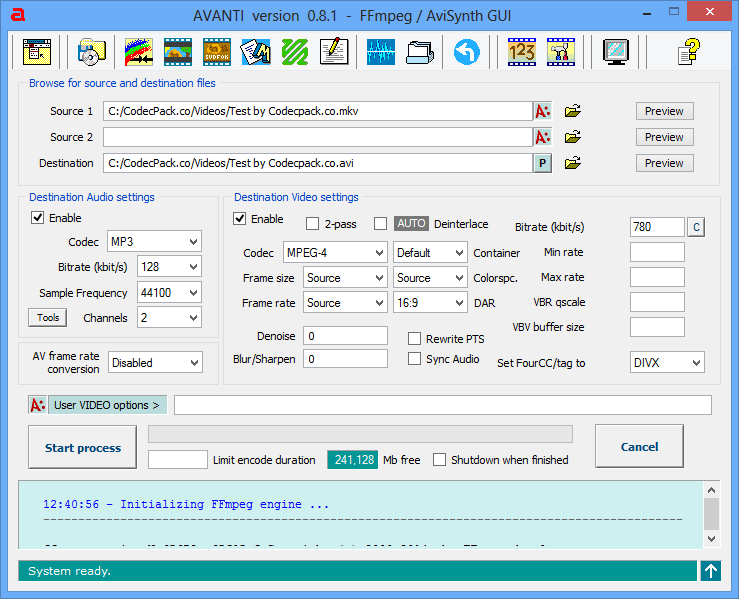


Change the directory path dependent on where ffmpeg is located:Įnter your email address to follow this blog and receive notifications of new posts by email. Use the following example command to do so. If there is any error you may need to mark it as “executable”. You should then be able to execute it from a terminal/command line Generally this would be /bin, /usr/bin, or /usr/local/bin. Extract the binary file (named “ffmpeg”) from the gzipped archive and move it to a directory that is located on the system path. Unfortunately the FFmpeg project does not provide binaries for other Unix-like systems. Optionally you can download a pre-built static binary for Linux from. Systems that use the Yellowdog Updater Modified (YUM) package manager such as Red Had and Fedora can use this command: For systems that use the Advanced Packaging Tool (APT) such as Debian, Ubuntu, and Mint you can execute the following command: Most Unix-like systems have a pre-packaged version of FFmpeg that can be installed via the package manager. Then open a command prompt and you should be able to execute ffmpeg:Ĭonfiguration: –disable-static –enable-shared –enable-gpl –enable-version3 … Apple OS X Generally this would be C:\Windows or C:\Windows\System32. Move the executable to a directory that is located on the system path (if you downloaded the “Shared” version you will also need to extract the. Extract the executable called “ffmpeg” (“ffmpeg.exe” if filename extensions are visible) which will probably be located in the “bin” sub-directory of the archive. I recommend downloading the “Static” version. You can download an official FFmpeg build from.

Note: For the official FFmpeg builds you will need to have a utility that can extract the contents of a 7-Zip archive such as 7-Zip, ALZip, IZArc, PeaZip, PowerArchiver, WinRAR, WinZip, or ZipGenius. Note: These instructions can be used to set up any command line executable including MPlayer and MEncoder. See the details on the FFmpeg downloads page on how to get a copy for your system.


 0 kommentar(er)
0 kommentar(er)
